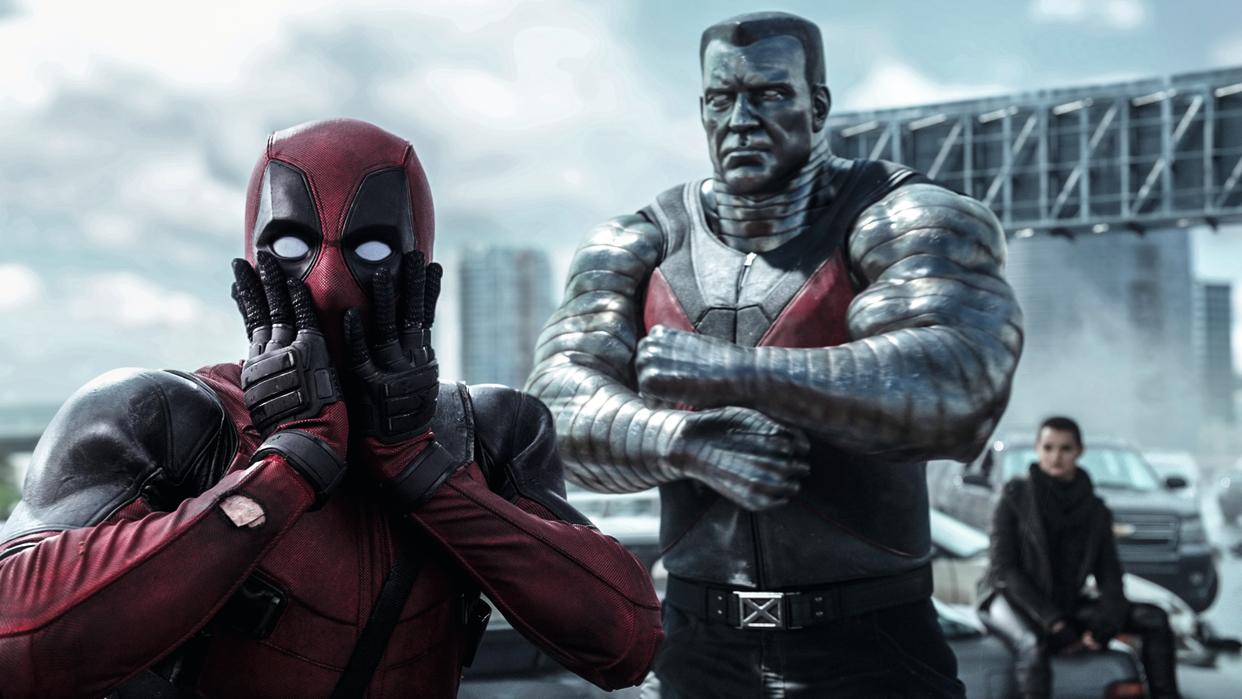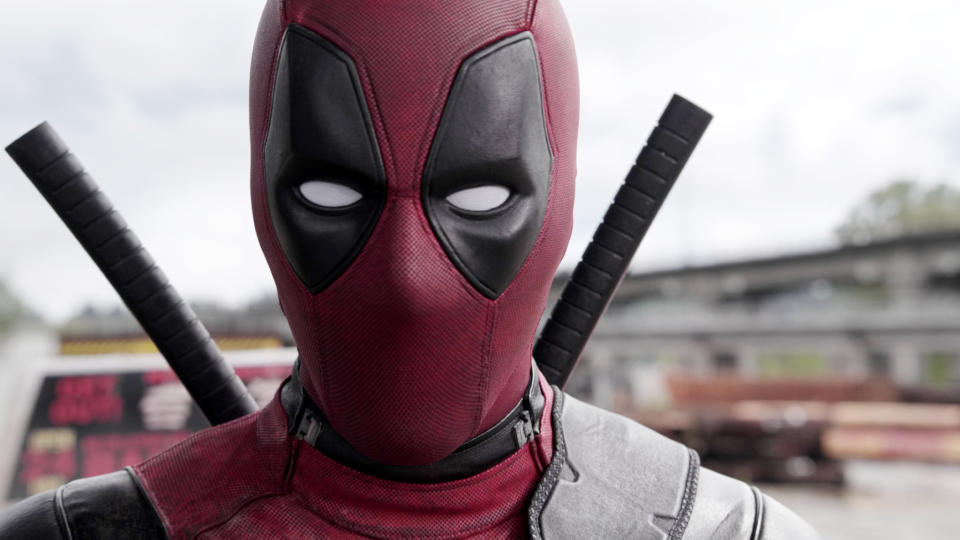Masking the Merc with a Mouth: How Deadpool's expression got animated

- Oops!Something went wrong.Please try again later.
With all the anticipation surrounding Deadpool 3: Deadpool & Wolverine – the upcoming Marvel blockbuster that's also rumoured to be featuring Taylor Swift – we decided to dig through our archives and found this interview with Wētā FX (formerly Weta Digital) discussing how the talkative 'merc with a mouth' was adapted for the big screen in 2016, ahead of the first Deadpool movie.
The character of Deadpool (also known as Wade Wilson) has been a staple in Marvel comics since the 1990s, created by writers Rob Liefeld and Fabian Nicieza. But it took a while for the mercenary to become mainstream, given the R-rated nature of his humour, fourth-wall-breaking quips, and gruesome regenerative abilities.
Directed by Tim Miller and starring Ryan Reynolds as the unconventional anti-hero, Deadpool (2016) kickstarted the journey of bringing the Marvel mercenary to the masses. The film was distributed by 20th Century Fox, and set in the same shared universe as the X-Men film franchise, although since the recent acquisition of Fox by Disney, the latest Deadpool movie will be integrated with and set in the Marvel Cinematic Universe (MCU) - which is very exciting.

Weta's VFX contribution
Wētā FX was one of several digital effects companies tasked with working on the movie, including Luma, DD, Blur Studio, and Rodeo. But Wētā was primarily responsible for the facial animations for Deadpool, needing to translate his iconic sense of humour through the masked disguise by animating the all-white eyes to be as expressive as in the comics.
Adding convincing movement and showing character through a mask is a tall order, and required the digital warping of certain shots. Wētā FX most certainly managed to pull it off, considering the Marvel flick smashed the box office and opened to rave reviews. The team animated the mask in green screen plates and delivered the finals to other companies to do the rest of the compositing. VFX supervisor at the time, Charles Tait tells us all about the process.
“Initially we were sent a Maya file from the client that contained facial blend shapes (modelled at Image Engine) for the Deadpool head. From that file, we exported an .obj file for each blend shape and one for the Neutral Pose head. We projected a UV Ramp on each model and unwrapped the result to create texture maps.”
It was obvious that this was no ordinary superhero movie”
Once they had all these blend shape images prepared, Charles and co built them into a Nuke group, but the process could be quite a challenge, with the change in the mask’s topology not always apparent.
“The wrinkles in his forehead were quite detailed in the models, but a warp on the plate wasn’t enough to show off this detail,” Charles explains. So once the animation was done, the team exported their keyframes to a corresponding rig in Maya.
laughing Stock: Ryan's Gags
Wētā FX had video clips of Ryan Reynolds delivering every single line – one for each shot the team was animating – which provided a wealth of visual information for them to use. “We transferred Ryan’s synchronised expressions to the mask, and obviously had to use a little artistic judgement to make sure the intent came across well,” Charles continues.
“Part way through the project, Jonathan Rothbart said that the filmmakers were all beginning to laugh at it again. Obviously when you’ve seen and heard all the gags hundreds of times they become less amusing, but the expression we applied to the mask brought the humour back to life for them. At this point, we really knew we were getting it right.”

With access to these dialogue shots, Charles knew from the get-go how successful the flick would be. “It was obvious that this was no ordinary superhero movie,” he says. “I sometimes think of how few pixels we changed in real terms, but how much of an effect it had. The fact that our work was so well received by the writers and all at Fox, was the most rewarding thing about our involvement in the film.”
This article was originally published by Alice Pattillo in 3D World Magazine issue 207, Page 33, in March 2016.
Deadpool 3
You can catch Deadpool 3, officially named: Deadpool & Wolverine in cinemas from 26 July 2024. And who knows, we might even see Taylor Swift or some other familiar faces (Hint: Loki Season 2) making cameos. Anything is possible.

